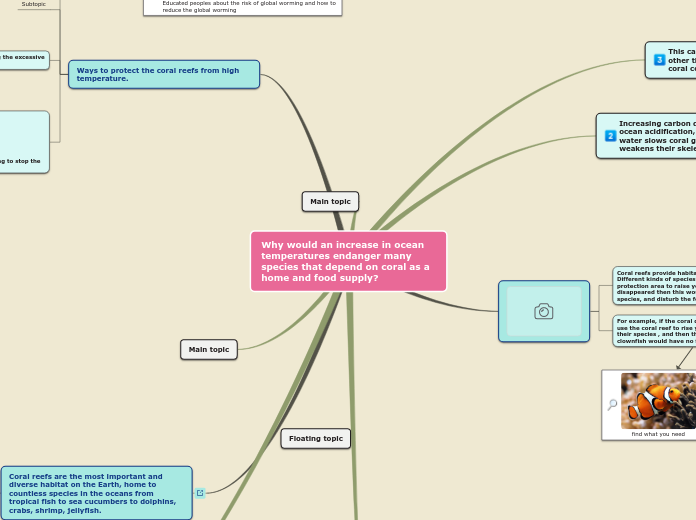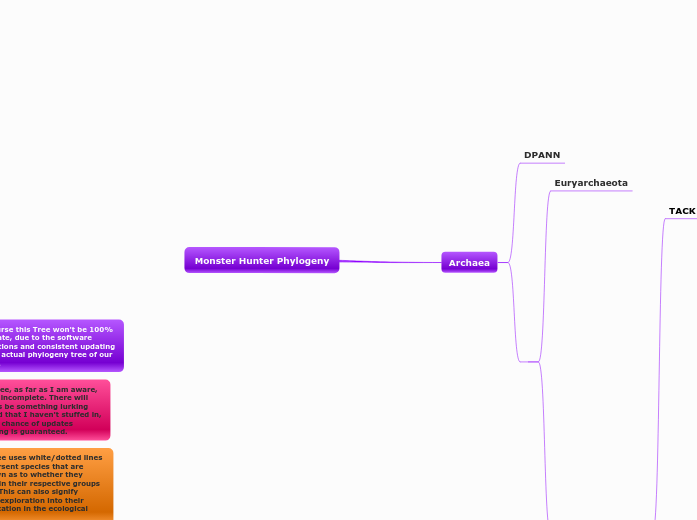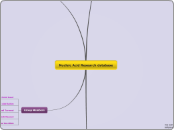blackcap
House sparrow(male vs female)
Dunnock
Birds
Kingdom > Phylum > Subphylum > Class
Class Aves = Birds
Birds have spinal cords and true backbone. However it is the features that distinguishes them from all other animals.
Class > Order > Family > Genus > Species
Species are grouped together for easier identification, based on structural similarities
The first level classification describes various groups of species
Water loving
Terns
Smaller than gulls, shorter necks, slimmer wings and shorter legs
Known as sea swallows for their graceful flight, they often hover above the water before diving to plunge just beneath the surface for prey.
Gulls
Webbed feet
Comparatively long bodies
Usually white bodied with grey to black wings
Wattled Jacana
The wattled jacana (Jacana jacana) is a wader in the family Jacanidae found throughout much of South America east of the Andes, as well as western Panama and Trinidad.[2] It is the only species in the Jacanidae family with such a large distribution.[3] Wattled jacanas have long toes and claws which help them walk through aquatic vegetation. Like the majority of species of jacanas,
spotted in Bueos Aires, Dec 2024
Black headed gull
Waders, shorebirds
Long legs and horizontally held bodies.
Need to pay attention to rump and tail patterns and feeding techniques to identify them.
Oystercatcher
Northern lapwing
Waterfowls= swans, geese and ducks
Webbed feet and three forward pointing toes
Swans are the largest, with recongisable long necks
adult with white plummage.
Ducks and Geese are smaller, generally fly in V formation, honking sound.
Ducks differ from other waterfowl in a way that male and female have different plummages.
Rosy Billed Pochard
Diving duck
Mallard
Pekin duck
Barnacle goose
The relatively small goose that is easily recognised by its black neck and white head. It breeds in the arctic areas in Greenland on Svalbard and on islands in the White Sea.
The barnacle goose appears in huge flocks in the Wadden Sea, which is a leading migratory and wintering area for the species.
It has a black neck, white face, grey back and a light belly. It feeds on grass, herbs and grains and in the winter season, it will often find its food on fields with winter crops. It breeds in the arctic areas in Greenland, on Svalbard and on islands in the White Sea, the Baltic Sea and the North Sea area. It migrates in the autumn to places including Scotland, Denmark and south along the European west coast.
Greylag goose
The most widespread goose species'
lighter belly and dark wings, the feet are pink, the beak is orange-red. It is 80 cm long and has a wingspan of 147-180 cm.
Greylag geese breed in lakes, bogs and larger parks near meadows or lawns that can be used for foraging. Along the Wadden Sea coast, the greylag goose is a migratory bird and the greylag goose has also begun to winter in Denmark, where it feeds on fields with winter crops.
It feeds on grasses and herbs, and in autumn it eats wasted corn on the stubbled fields. It is widespread in Europe and Siberia. These Danish breeding birds winter in Holland or southern Spain.
Herons
Wading birds with long legs, slender toes and long necks found along marshes and coasts. They stab at prey with their dagger beaks. The wings are broad and heavily fingered.
Gannet and Cormorants
Enormus waterbird with huge feet.
They pluge dive into the sea from great heights.
Also spotted in Buenos Aires, Jardin Japon, Dec 2024
Grebes
Smaller diving birds with shorter dagger-like beaks.
Stumpy fluffy tails
Divers
Streamlined bodies
Long necks
Dagger shaped beaks
#tags
Euratian
Moot
Woods and Garden loving
Nightingale
Doves and Pigeons
Wren
Only one species
With a tiny cocked tail
chestnut colors
The song is powerful and melodious
Thrashes
Blackbird
Entirely black
Good sound
Female has a brown plummage.
Danish: solsort
Sparrows
Robust wedge shaped beaks for seed eating.
Most have a drab plumage ( i.e. lacking brightness, dull) and undulating flight
Finches
- Finches are plainer, less patterned; sparrows have more varied and intricate patterns
- There are also big differences in flight behavior. Finches are comfortable in the open sky, often flying long distances over treetops, while sparrows usually fly lower and disappear into dense cover.
- Finches tend to perch higher, in the tops of weeds, shrubs, or trees; sparrows tend to be on the ground or in low weeds or shrubs.
Euresian Bullfinch
Chaffinch (male and female)
Greenfinch
Goldfinch
Starlings
Crows #black
Raven
Carrion Crow
Magpie
Jackdaw
Rook
Tits ( order Passeriformes,
families Timaliidae, Aegithalidae,
Paridae )
Stubby, sharply pointed beaks
Tree dwellers
Weak flights with burst of fluttering wingbeats
Small acrobatic birds
Subtopic
Great Tit
Spotted on 2 Jun 2023, 10:30
@ Hjerting strandvej 128 garden
Danish: musvit
Long Tailed Tit
Coal Tit
Blue Tit
Woodpeckers
Stout dagger shapped beaks
Climb treees vertically with two-forward, two-back toes, Plumage is sticking black, white and red. Sometimes green and yellow









